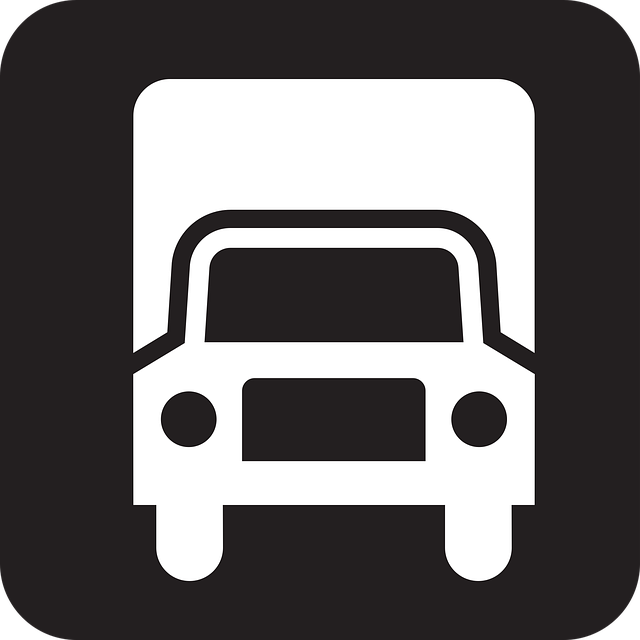Looking to register your car in California? This comprehensive guide walks you through the process step-by-step. From understanding essential requirements to gathering all necessary documents, including crucial DMV VIN verification, this article is your go-to reference. Learn how to complete the application, pay fees, and receive your official California registration papers promptly. Simplify the process with these clear instructions tailored for the Golden State.
- Understand California Car Registration Requirements
- Gather Necessary Documents for DMV Visit
- Perform Vehicle Identification Number (VIN) Verification
- Complete Application and Pay Fees at DMV
- Receive Your California Registration Papers
Understand California Car Registration Requirements

Before registering your car in California, it’s crucial to understand the state’s specific requirements for vehicle identification number (VIN) verification. The California Department of Motor Vehicles (DMV) mandates a rigorous process to ensure the authenticity and safety of all vehicles on its roads. One key component is the VIN inspection, which must be carried out by an authorized agent or mechanic using official tools. This involves checking the VIN’s accuracy, comparing it with manufacturer records, and verifying any reported damage or modifications.
A mobile vin verifier can streamline this process significantly. These portable devices allow for convenient and on-site VIN inspections, saving you time and effort. By utilizing a mobile vin verification service, you ensure compliance with DMV regulations while gaining peace of mind knowing that your car meets all necessary safety standards before registration.
Gather Necessary Documents for DMV Visit

Before heading to the DMV for car registration, make sure you have all the necessary documents and records readily available. This process often requires a thorough DMV VIN verification, which means having specific details about your vehicle at hand is crucial. Gather your vehicle’s Registration Certificate or Proof of Purchase, together with any title documents if applicable. Additionally, ensure you bring along your valid driver’s license and proof of insurance.
For a smoother experience, consider performing a vin inspection before your visit. This can be done conveniently through mobile services offering mobile vin verification, allowing you to check your vehicle’s history and ensure all necessary paperwork is in order before reaching the DMV.
Perform Vehicle Identification Number (VIN) Verification

Before registering your car in California, it’s crucial to perform a Vehicle Identification Number (VIN) verification. This step is essential to ensure the vehicle’s history and authenticity. You can do this through a mobile vin verifier or by visiting a DMV office. The process typically involves cross-referencing the VIN with national databases to check for any reported accidents, outstanding loans, or other issues that could affect ownership.
Using a mobile vin verification service is a convenient option. Many companies offer this service where you can simply provide your VIN and receive detailed information about the vehicle’s past. Alternatively, if you prefer a more traditional approach, you can visit a local DMV branch for a physical inspection, which is often referred to as a mobile vin inspection. Either way, ensuring your car’s history is clear is a critical part of the registration process in California.
Complete Application and Pay Fees at DMV

To complete the registration process, you’ll need to submit a fully filled-out Application for Title and Registration (Form DV367) along with relevant documents and fees at your local California Department of Motor Vehicles (DMV) office. Ensure your vehicle’s VIN is accurately listed on the form—a crucial step that includes completing the mandatory dmv vin verification process. This verification ensures the accuracy of your vehicle’s identification number, a critical component in the registration and title transfer process.
Among the fees you’ll pay, be sure to cover both the registration fee and the vehicle’s weight fee (if applicable). You may also opt for additional services like mobile vin inspection or mobile vin verification as an alternative to visiting a DMV office, providing convenience and saving you time. Keep in mind that specific requirements and fees may vary based on your vehicle type and local regulations, so consult the official DMV website or staff for up-to-date information tailored to your situation.
Receive Your California Registration Papers

After submitting your application for car registration at the California Department of Motor Vehicles (DMV), you’ll receive your California Registration Papers. This crucial document confirms that your vehicle is legally registered and authorized to operate on California roads. Before taking your vehicle for a spin, ensure that all paperwork is in order, including proof of insurance and valid emissions testing (if applicable).
One efficient way to verify your car’s VIN (Vehicle Identification Number) before final registration is through a mobile vin inspection or mobile vin verifier service. These services, often conducted by trained professionals, offer a quick and convenient method for the DMV vin verification process, allowing you to address any potential issues early on in the registration procedure.
Registering a car in California involves understanding key requirements, gathering essential documents, performing a DMV VIN verification, completing an application, and paying associated fees. Once these steps are successfully navigated, you’ll receive your California registration papers, legally authorizing you to operate your vehicle within the state. Remember, proper registration is not just a legal obligation but also ensures you’re protected as a responsible driver.
